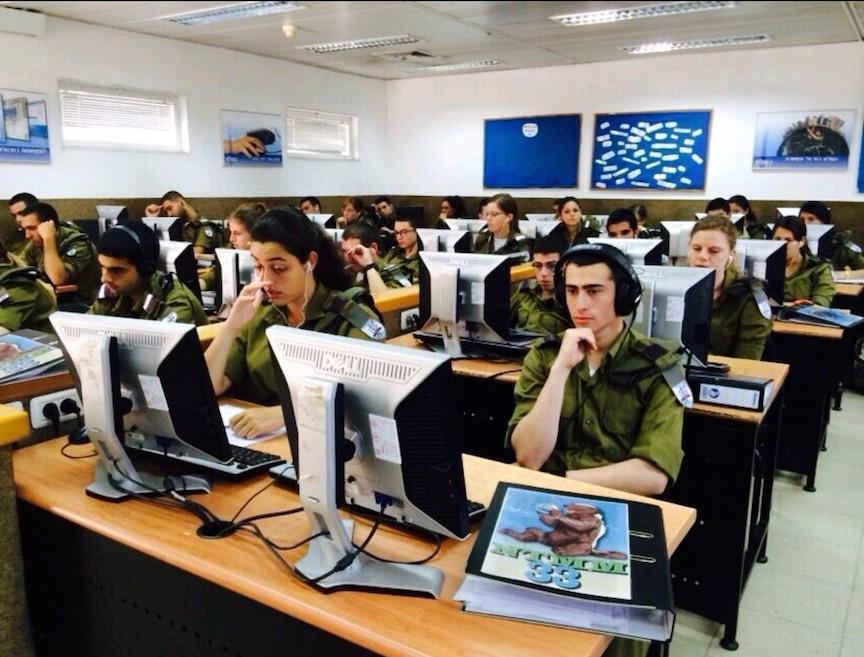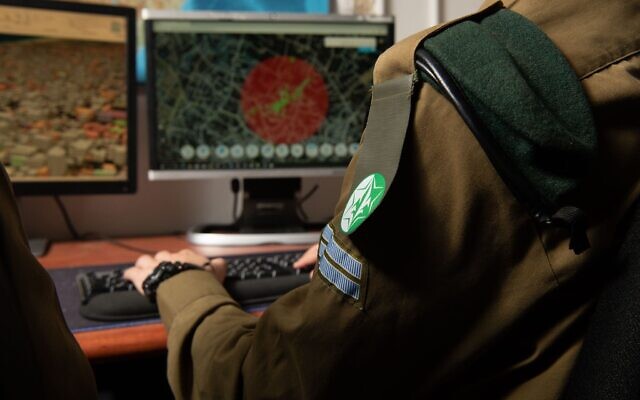Я стал твоим врагом, потому, что говорю тебе правду.
«Свободен лишь тот, кто может позволить себе не лгать». А.Камю
«Можно обманывать часть народа всё время, и весь народ — некоторое время, но нельзя обманывать весь народ всё время». А. Линкольн.
Все кибератаки были перехвачены и ни одна компьютерная система не была скомпрометирована, говорит командир Мамрам полковник Рачели Дембински
Облачная вычислительная сеть Армии обороны Израиля подверглась более чем трём миллиардам кибератак с момента начала войны между Израилем и ХАМАС 7 октября, сообщил на этой неделе офицер, командующий компьютерным подразделением армии, но все атаки были перехвачены и не нанесли ущерба.
Об этом заявила полковник Рахели Дембински, командующий Центром вычислительных и информационных систем Армии обороны Израиля (Mamram), на конференции «ИТ для Армии обороны Израиля» в Ришон ле-Ционе в среду.
Дембинский сообщил, что целями атак были оперативные облачные вычисления, используемые многими системами, обслуживающими войска на местах во время боевых действий для обмена информацией и местонахождением сил.
Хотя Дембинский не уточнила, какие именно атаки были совершены и насколько серьезную опасность они представляли, она подчеркнула, что все они были заблокированы и ни одна система не была скомпрометирована.
Mamram, центральное вычислительное системное подразделение Армии обороны Израиля, отвечает за инфраструктуру и защиту удалённых военных серверов.
Война началась 7 октября, когда террористы ХАМАС проникли в Израиль, убив около 1450 человек, в основном мирных жителей, и похитив 251 человека. Также сообщалось, что 7 октября против Израиля были совершены кибератаки. Дембинский это подтвердил.
Говоря о своём опыте в тот день, Дембинский сказала: «Тем утром мне позвонили по телефону и я подумала, что в системе оповещения произошёл сбой. Я быстро поняла, что это не сбой, а более масштабная атака. Кроме того, мы сразу поняли, что это не подделка. Я надела форму и поехала на базу. Мы начали переходить в режим чрезвычайной ситуации. От нас требовалось сосредоточиться на непрерывном функционировании людей и систем. Промышленность помогала нам и она, вместе с набранными нами резервистами, выступала для нас в качестве фактора повышения боеспособности».
Среди основных проблем войны была борьба с перегрузкой компьютерных систем, вызванной большим количеством рабочей силы, использующей их. «Набор резервистов и рост числа пользователей привели к нескольким пикам. Один из пиков был разумным, но другой, 27 октября, накануне наземного вторжения Армии обороны Израиля в сектор Газа, принёс необычайное количество пользователей.
«Мы достигли ситуации, когда мы выделяли вычислительные ресурсы на 120 процентов мощности. Мы поняли, что если не решать проблемы перегрузок и замедлений, ситуация нас подавит. Поэтому в первые недели войны мы применили два подхода: регулировали вычислительные и накопительный ресурсы, а также добавляли больше серверов в центры обработки данных. Этого было недостаточно, поэтому мы создали дополнительный центр обработки данных для обеспечения вычислительной поддержки операционных возможностей».
С начала войны некоторые кибератаки были успешно проведены против гражданских компьютерных систем в Израиле. В ноябре поддерживаемые Ираном хакеры атаковали Израильский государственный архив, который был восстановлен только в прошлом месяце. Хакеры также успешно атаковали компьютерные системы города Модиин-Иллит.
В прошлом месяце глава службы киберзащиты Израиля Габи Портной заявил, что характер кибератак со стороны Ирана с начала войны стал более агрессивным, причём не только против Израиля, но и против его собственных союзников.
Подпишитесь на группу «Израиль от Нила до Евфрата» в Телеграм
По теме:
Израиль. Иранские хакеры утверждают, что взломали ядерный объект в Димоне
Связанные с Израилем хакеры вывели из строя 70% заправок в Иране
Израиль. Хакеры сливают личные данныые боллее 100 000 израильтян
Крипто-хаки и мошенничество составили более полумиллиарда долларов за второй квартал 2024 года: отчёт
Израиль объявил чрезвычайное положение из-за кибератаки на правительственные сайты
Всё, что необходимо для триумфа Зла, это чтобы хорошие люди ничего не делали.
ХОТИТЕ ЗНАТЬ НА СКОЛЬКО ПЛОХА ВАША ПАРТИЯ ИНЪЕКЦИЙ ПРОТИВ ГРИППА ФАУЧИ (Covid-19) — пройдите по этой ссылке и УЗНАЙТЕ ПРЯМО СЕЙЧАС!
Пропустить день, пропустить многое. Подпишитесь на рассылку новостей на сайте worldgnisrael.com .Читайте главные мировые новости дня. Это бесплатно.
ВИДЕО: Хорошо — Chоrоsho — בני פרידמן — חראשו _ Official Music Video


